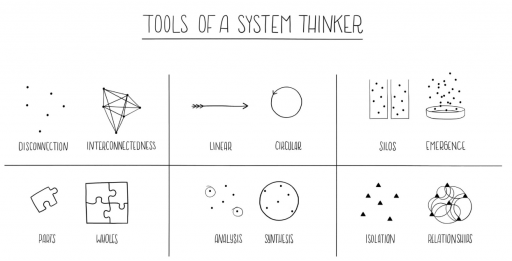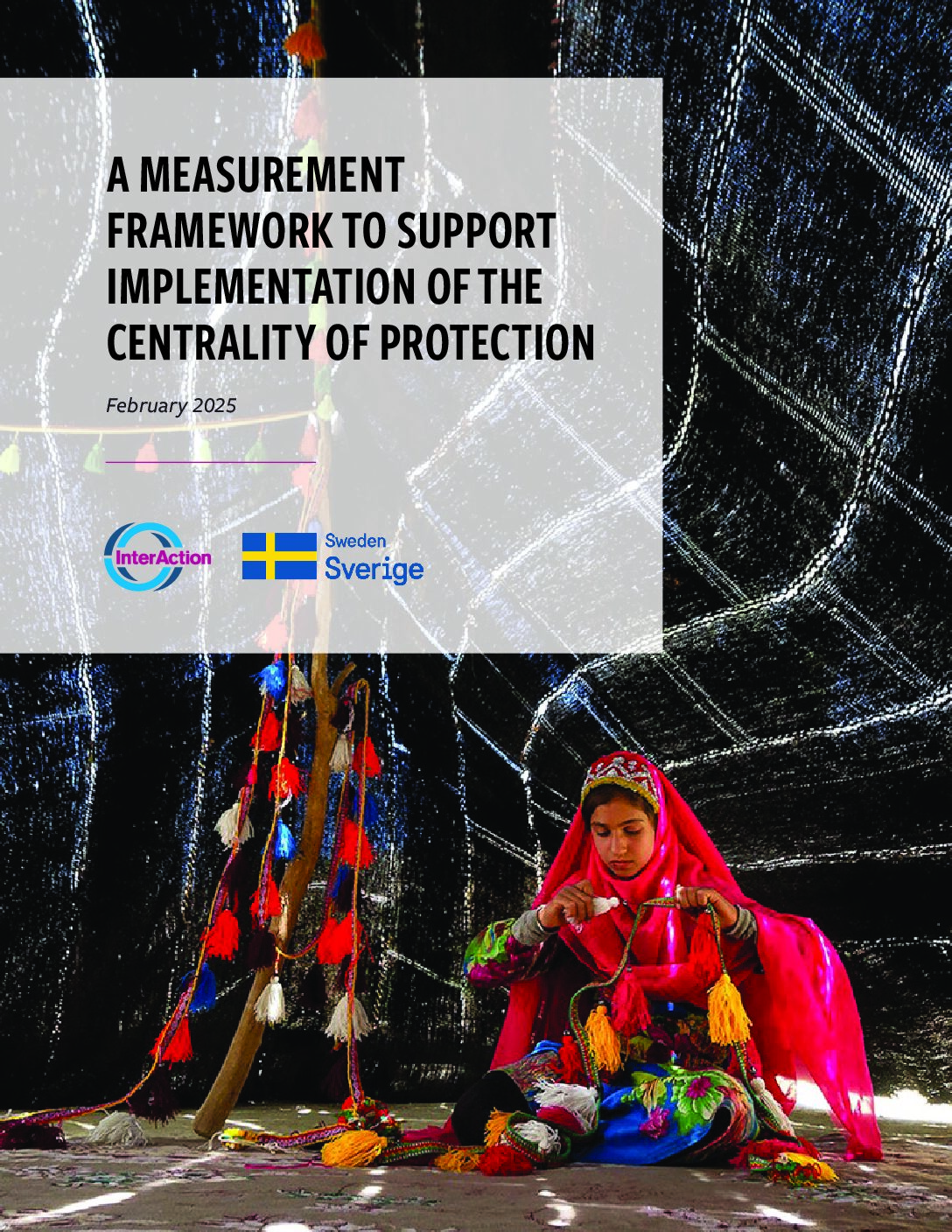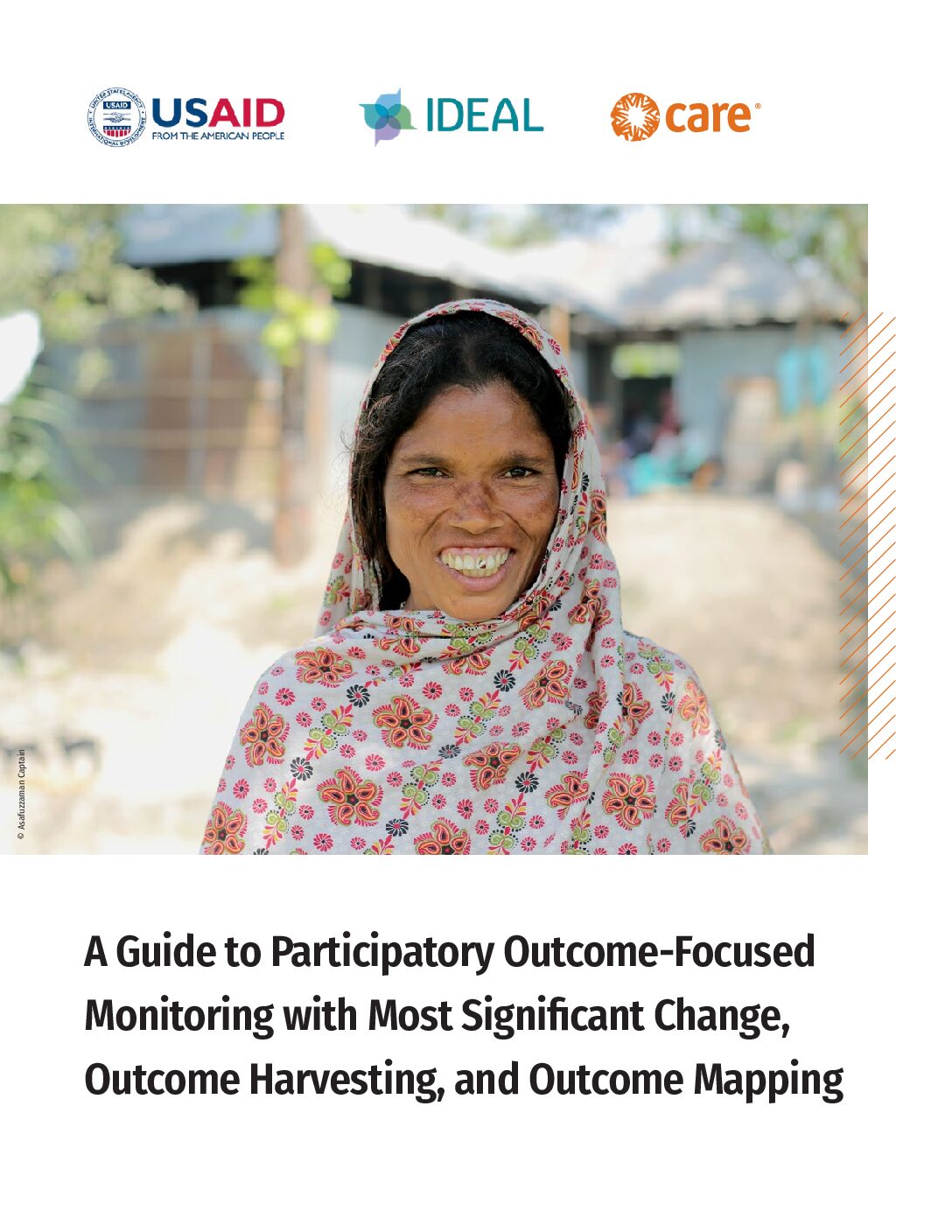In this installment of Acaroglu’s series on systems thinking, she articulates the key terms that constitute a systems mindset which enhance our ability to think critically and creatively about how to problem-solve in complex systems. The article highlights 6 core concepts or “building blocks” for systems thinkers:
A systems thinker uses this mindset to untangle and work within the complexity of life on Earth.
- Interconnectedness: Systems thinking requires a shift mindset away from linear to circular motivated by the underlying principle that everything needs something else (or a combination of things) to continue; in other terms – everything is interconnected.
- Synthesis: Synthesis is the combining of two or more things to create something new. Systems thinking aims to examine and understand the whole and the parts simultaneously, along with the interconnectedness that make up the dynamics of the whole. This is contrasted by analysis that breaks up complexity into manageable bits.
- Emergence: Emergence is the natural outcome of things coming together, or the larger biproduct of different parts of the system interacting with each other.
- Feedback Loops: Because everything in a system is interconnected, there are constant feedback loops and flows between respective elements. Learning about their type and dynamics can help us observe, understand, and intervene in those feedback loops.
- Causality: Understanding feedback loops is about appreciating causality, or how one thing results in another thing in a dynamic and constantly evolving system.
- Systems Mapping: Systems mapping is an important tool that allows systems thinkers to identify and map the elements of ‘things’ within a system to understand how they interconnect, relate and act in a complex system. This can provide unique insights to inform decision-making and shifts that will dramatically change the system in the most effective way.
Understanding causality leads to a deeper perspective on agency, feedback loops, connections and relationships, which are all fundamental parts of systems mapping.
Applied to RBP, Humanitarian emergencies are complex systems with dynamic, interconnected actors and parts. This systems thinking shift in worldview can help us similarly shift our approaches from formulaic, mechanical responses to ones better-suited to responding to the interconnected and constantly changing array of relationships and feedback loops. Continuous analysis of risk over the course of the response and independent from the program cycle, helps us to understand how the threat environment and capacities and vulnerabilities may shift and change over the course of an intervention. Outcome-oriented methods, such as building a causal logic and outcome mapping, can help us (collectively) establish pathways for change and milestones for reducing risk that people face in these complex systems of humanitarian emergencies.



